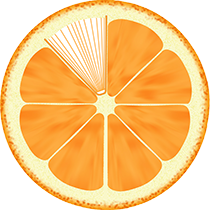Book Details
Orange Code:47741
Paperback:332 pages
Publications:
Categories:
Hints:
Sections:
1. Species and natural history2. Anatomy and physiology3. Husbandry4. Handling5. The initial presentation: triage and critical care6. Basic techniques7. Clinical pathology and necropsy8. Anaesthesia and analgesia9. Diagnostic imaging10. Avian soft tissue surgery11. Orthopaedic and beak surgery12. Nutrition and nutritional disease13. Systemic infectious disease14. Respiratory disease15. Gastrointestinal disease16. Feather and skin disorders17. Behaviour and behavioural disorders18. Reproduction and paediatrics19. Neurology and ophthalmology20. Systemic non-infectious disease21. The sick small psittacid22. Zoonotic, legal and ethical aspects
Description:
The many advances in psittacine medicine since the previous edition was published in 1996 are reflected in this Manual, which has been updated and rewritten under the direction of a new editorial partnership. The extended use of colour photographs adds to the extra usefulness of this successor to a well loved volume.
Clinical examination is presented in a logical, highly practical way, with integrated photographs of key features. The chapter ends with notes on critical and emergency cases. The basic techniques of injection, crop tubing, microchipping, and wing, claw and beak clipping are described and illustrated. The role of clinical pathology is demonstrated, including colour images of haematology and cytology, and a step-by-step post-mortem examination procedure is presented. Diagnostic imaging encompasses radiography, ultrasonography and endoscopy, with views o both normal abd abnormal presentations. Surgical principles plus procedures for both soft and hard tissues are then described.
Subsequent chapters cover systemic illnesses and disease by individua organ system. These are designed to be read in their entirety or to be referred to as needed.
For general practitioners the most commonly seen psittacine patients are small parrots, Cockateils and Budgerigars. A chapter is therefore devoted to dealing with common problems in these small patients. This practical approach to the sick bird is extended in an appendix of diagnostic algorithms for common presentations such as 'fluffing up', fitting and feather damage.
The editors both developed their interests in avian medicine from general practice and this has resulted in a practical, easy-to-use and relevant guide to psittacine medicine.
|
